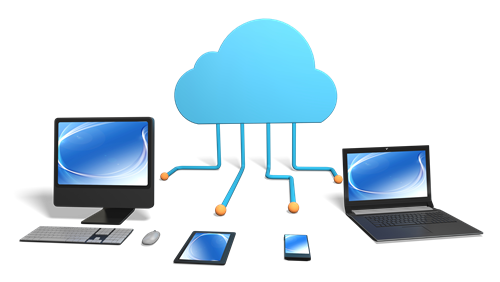Site surveys and network documentation are critical components of understanding, organizing, and maintaining an efficient IT infrastructure. Site surveys and network documentation are essential for maintaining and upgrading IT systems, ensuring smooth operations, identifying weaknesses, and planning for future enhancements. They serve as a foundational step in understanding and managing a robust and efficient IT environment.
A site survey involves physically inspecting a location to assess various aspects of the existing infrastructure and environment. It helps in understanding the current state of the site’s IT systems, potential challenges, and opportunities for improvement. Key elements of a site survey include:
Physical Infrastructure Assessment: Examination of hardware, cabling, servers, and networking devices.
Environment Analysis: Review of physical conditions affecting IT operations, such as temperature control, power sources, and security measures.
Networking Components: Evaluation of network connectivity, wireless coverage, and existing network hardware.
Software and Application Review: Documentation of installed software, licenses, and their compatibility with the infrastructure.
Regulatory Compliance and Security Checks: Ensuring that the site complies with industry standards and regulations and assessing security measures.

Involves creating comprehensive records and diagrams that outline the layout, configuration, and details of the network infrastructure. It is essential for efficient management, troubleshooting, and planning for future network changes. Key components of network documentation include:
Network Topology Diagrams: Visual representations of how devices are connected, illustrating the layout of the network.
Inventory and Asset Management: Records of hardware, software, and devices within the network, including details such as serial numbers, configurations, and locations.
Configuration and Settings: Detailed documentation of network device configurations, settings, and access controls.
Cabling Infrastructure: Records of cable types, lengths, connections, and the physical layout of the cabling.
Security and Access Controls: Documentation of security measures, including firewall configurations, access control lists, and encryption methods.